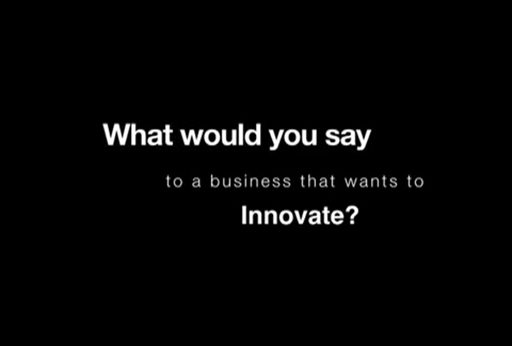10 Taking a strategic approach to creativity and innovation
How managers approach both strategy and innovation has significant implications for the long-term success of their organisation. While the traditional view might be that they are separate phenomena, both strategy and innovation are closely linked when it comes to achieving longer-term organisational success. Importantly, by taking a more strategic view and practising what has been called strategic innovation, both managers and organisations are able to maximise the benefits of their creativity and innovation practices for the benefit of customers, employees and stakeholders.
One attempt to link together both strategy and innovation in a meaningful way was outlined by Markides (1997), who coined the term strategic innovation. Key to this approach is that ‘Strategic innovation is about innovating the strategy itself’ (FT.com, n.d.).

In order to kick-start strategic innovation, Markides outlines five key approaches that leaders in an organisation should take:
Redefine the business.
Redefine the who: who is your customer?
- A company should think of new customers or new customer segments and develop a game plan that serves them better.
Redefine the what: what products or services are you offering these customers?
- A company should think of new customer needs or wants and develop a game plan that better satisfies these needs.
Redefine the how.
- Companies should leverage existing core competencies to build new products or a better way of doing business and then find the right customers.
Start the thinking process at different points.
- For example, instead of thinking, ‘This is our customer, this is what he or she wants, and this is how we can offer it,’ start by asking: ‘What are our unique capabilities? What specific needs can we satisfy? Who will be the right customer to approach?’
By following these steps, Markides contends, organisations are able to enhance both their strategic and innovative potential.
While it might require a degree of lateral thinking, these same five key approaches can just as easily apply to a public sector body or perhaps even charity. However, clearly in those contexts the focus might, for example, be less on customers and more on service users, and – equally – less on profit and more on outcome.
Now watch the following short clip in which Markides (Irish Management Institute, 2013) discusses the concept of strategic innovation in greater detail.

Transcript
[MUSIC PLAYING]
[MUSIC PLAYING]
[MUSIC PLAYING]
In the next section you will consider the key consequences of Markides’ approach.
